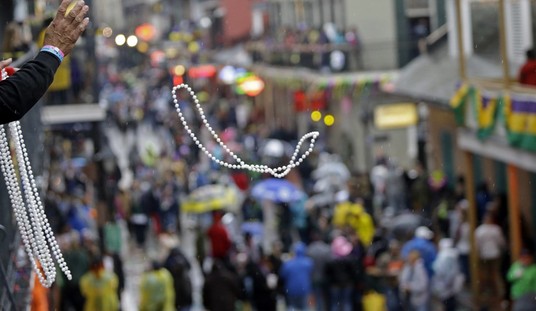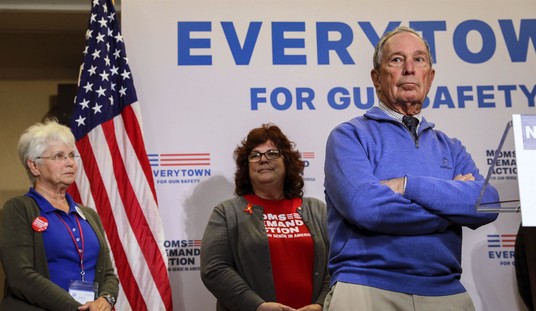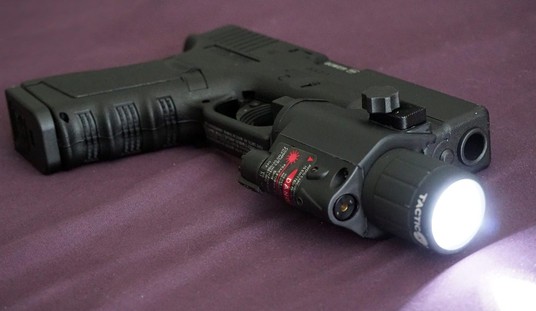The landmark NYSRPA v. Bruen decision is one that’s going to reverberate for decades, and then some. There are still so many battles to have, with executives and legislators all over the country thumbing their nose at the decision. The unsung heroes in cases like this are the attorneys that duke it out and win for liberty. One judge decided that the lawyers are not worth what they estimated their payment should be from the state concerning their fees.
Lawyers from Kirkland & Ellis, Bradley Arant Boult Cummings, Cooper & Kirk, and Kathleen McCaffrey Baynes had asked the court to award more than $1.2 million in fees and costs to plaintiffs for about 1,621 hours of work over several years.
The firms represented the New York State Rifle & Pistol Association and two gun owners who challenged the constitutionality of New York state’s limits on carrying concealed handguns outside the home. The case was originally filed in 2018 and was argued at the Supreme Court in 2021.
…
Chief U.S. District Judge Brenda Sannes in Syracuse said in Friday’s order that 22 of the firms’ 23 lawyers who worked on the case had submitted hourly rates that were out of step for her district and approved significantly lower amounts.
For example, ex-Kirkland partner and Supreme Court practice leader Paul Clement reported an effective hourly rate of 1,609.18, while Kirkland then-associate Kevin Neylan Jr. submitted a rate of $924.78. Sannes approved reduced hourly rates of $675 and $200 for Clement and Neylan, respectively.
That’s a bit interesting. The judge was able to diminish years of litigation efforts and expenses to under half the expected payment. Considering this was a civil rights case and the gravity of it, this is shocking. Looking directly at the order we have some of Judge Sannes opinion:
Having carefully reviewed the billing records, and based on the Court’s familiarity with this case, the Court finds that Plaintiffs are entitled to a substantial attorneys’ fee award in light of the complexity and success of their action. However, the above-identified issues in billing records, including significantly excessive hours at the district- and circuit-court levels and some vague billing, warrant a percentage reduction. Accordingly, based on these factors, the Court applies a thirty-percent reduction to the hours billed by Cooper & Kirk and a thirty-percent reduction to the hours billed by Bradley Arant.
A thirty percent reduction is a slap in the face. This reduction is especially egregious since we’re also living in a time where our inflation conceivably is up 30%.
If we dig in a bit we’ll learn about Judge Brenda Sannes. How familiar is Sannes with the case? Prior to NYSRPA v. Bruen, the case was NYSRPA v. Beach, when heard in a U.S. District Court. Sannes had the case before her and dismissed it. According to that order.
ORDERED that Defendants’ motion to dismiss (Dkt. No. 19) is GRANTED ; and it is further
ORDERED that the Amended Complaint (Dkt. No. 31) is DISMISSED with prejudice ; and it is further
ORDERED that the Clerk of Court is respectfully directed to close this case.
Judge Sannes stated in the order that the dismissal was based on the Second Circuit Court’s previous opinion noting that it “expressly upheld the constitutionality of New York State Penal Law § 400.00 (2)(f).” As a matter of precedent, one can argue that – kind of. Was the full scope of the nuances concerning the case explored by the judge when it was argued? Or was this a foregone conclusion that the Second Circuit had spoken?
One thing that I’ve been taught and told by attorneys, legal scholars, and some of the brightest minds in Second Amendment journalism is that we can’t really predict a judge’s behavior. The pedigree of a judge does not always dictate how they may or may not rule on a case.
What about Judge Sannes’ background though? Is that relevant?
Prior to becoming a Federal District Court Judge, Sannes lived in California. From 1983 to 1984, Sannes clerked for Judge Joseph Farris, of the Ninth Circuit Court of Appeals. Judge Farris was appointed to his position by President Jimmy Carter (D). Sannes then spent her time from 1988 to 1995 as an Assistant U.S. Attorney in the Central District of California, and then took a post in the Northern District of New York that lasted until 2014. As a side quest, from 2003 – 2005, Sannes was on special assignment, again in California. In 2014 Sannes was appointed to judge by President Obama (D), to fill a vacancy in the Northern District of New York. In 2022 she became the Chief Judge in her district.
Considering that, we should ask if there’s any bias in this case involving Sannes. Should Sannes have recused herself from this because she formerly dismissed the case with prejudice? Would Sannes have a reason to undercut such a huge civil rights win predicated on her background, feelings, and experience? I don’t know the answer. All those years in California and New York very-well-may have affected her opinions judicially. Or not.
Regardless of how this looks or what the “facts” may or may not be, this still is indicative of the long uphill battle Second Amendment supporters have. Assuming the matter is not settled here, and with more litigation still alive and well in New York concerning their awful and biased laws, having loose ends just further complicates things for the parties fighting on the side of civil liberties. Hopefully there’ll be an appeal with proper relief getting rendered. The parties involved deserve to be compensated for their work – work that removed restrictions from a civil right.








Join the conversation as a VIP Member